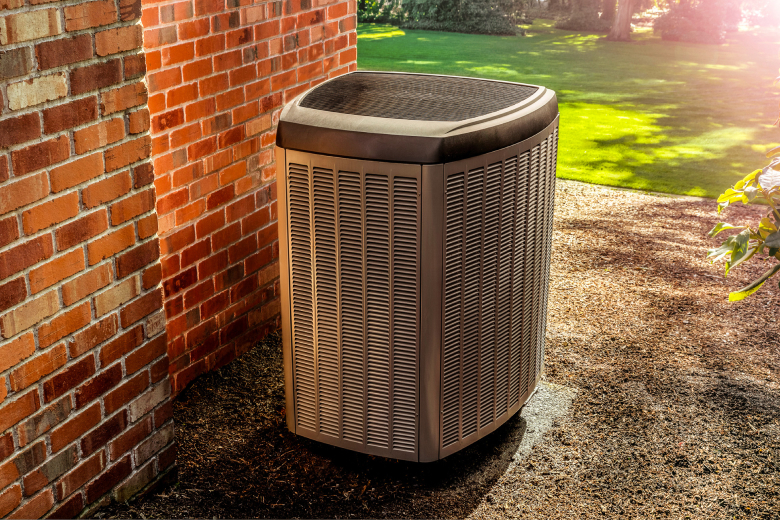Heat Pump Efficiency – What Every Homeowner Should Know About Energy Savings
Heat pump efficiency is a crucial consideration for homeowners looking to optimize energy savings and reduce utility costs. A heat pump is an innovative device that can both heat and cool a home by transferring heat rather than generating it through combustion. This dual functionality makes heat pumps a versatile and efficient choice for climate control. Understanding how heat pump efficiency works can help homeowners make informed decisions and potentially lower their energy bills. The efficiency of a heat pump is primarily measured by its Coefficient of Performance COP for heating and its Seasonal Energy Efficiency Ratio SEER for cooling. The COP represents the ratio of heat output to the amount of electrical energy input. For example, a COP of 3.0 means that for every unit of energy consumed, the heat pump provides three units of heat. The SEER rating, on the other hand, measures the cooling efficiency of the heat pump, with higher SEER values indicating greater efficiency. One of the key advantages of heat pumps is their ability to provide significant energy savings compared to traditional heating systems.

While conventional systems like furnaces and boilers generate heat by burning fuel, heat pumps use electricity to move heat from one place to another. This method of heating is inherently more efficient because it can transfer more energy than it consumes. For instance, a well-maintained heat pump can offer up to three times more heat energy than the electrical energy it uses. Another factor contributing to heat pump efficiency is its performance in varying temperatures. Modern heat pumps are designed to work effectively in a wide range of temperatures, including colder climates. Advances in technology have led to the development of cold-climate heat pumps that maintain high efficiency even when temperatures drop significantly. This is particularly beneficial in regions with harsh winters, where traditional heat pumps might struggle to provide adequate heating. To maximize the efficiency of a heat pump efficiency chart, regular maintenance is essential. This includes cleaning or replacing filters, checking refrigerant levels, and ensuring that the outdoor unit is free from debris.
Proper installation is also critical; a heat pump that is not correctly sized or installed can lead to reduced efficiency and increased energy consumption. Homeowners should work with qualified professionals to ensure that the heat pump is appropriate for their home and is installed according to manufacturer specifications. Another important consideration is the integration of a heat pump with other home systems. For instance, combining a heat pump with a well-insulated home and energy-efficient windows can enhance overall performance and reduce the workload on the system and visit the website www.jnodenergy.com. Additionally, programmable thermostats and smart home technologies can help optimize the operation of a heat pump by adjusting settings based on occupancy and weather conditions. In summary, heat pumps offer an efficient and cost-effective solution for home heating and cooling. By understanding the efficiency ratings, maintaining the system properly, and ensuring proper installation, homeowners can take full advantage of the energy savings that heat pumps provide. As energy costs continue to rise, investing in a heat pump can be a smart choice for improving comfort and reducing environmental impact.
